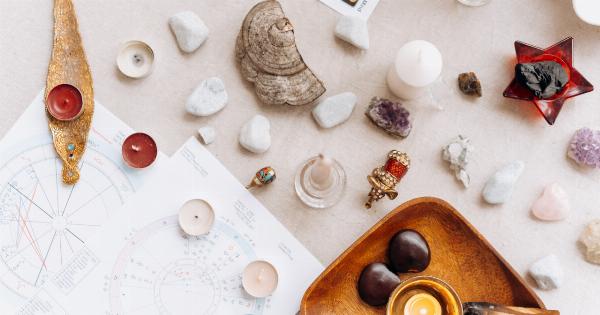Exposing your hair to the sun for prolonged periods can lead to various types of damage. The sun’s harmful ultraviolet (UV) rays can fade hair color, weaken the hair shaft, and cause dryness and brittleness.
Protecting your hair from sun damage is crucial to maintain its health, shine, and vitality. In this article, we will explore the best ways to shield your hair from the damaging effects of the sun’s rays.
1. Wear a Hat or Cap
One of the simplest and most effective ways to safeguard your hair from the sun is by wearing a hat or cap. These accessories not only shield your hair from direct sunlight but also provide shade for your face and scalp.
Opt for a wide-brimmed hat or a baseball cap with a visor to protect not only your hair but also your face, ears, and neck.
2. Use Hair SPF Products
Just like you apply sunscreen to your skin, it is essential to provide your hair with SPF protection as well. Look for hair care products, such as leave-in conditioners, serums, and sprays, that contain UV filters or sun protection factor (SPF).
These products create a barrier between your hair and harmful UV rays, minimizing damage.
3. Limit Sun Exposure
Avoid prolonged exposure to direct sunlight during peak hours, typically between 10 in the morning and 4 in the afternoon.
If you plan on spending a significant amount of time outside during these hours, try to find shade or take breaks indoors to give your hair a break from the sun. Limiting sun exposure is an effective way to prevent sun damage.
4. Rinse Hair with Cold Water
After spending time in the sun, rinse your hair with cold water to cool it down and remove any sweat or chlorine residue. Cold water helps seal the hair cuticles, making them less prone to damage from the sun.
Avoid using hot water as it can further dehydrate your hair and scalp.
5. Apply a Leave-In Conditioner
Using a leave-in conditioner can provide an extra layer of protection for your hair. Look for leave-in conditioners formulated with SPF or UV protection properties.
These products not only moisturize your hair but also shield it from harmful UV rays and prevent color fading.
6. Opt for Protective Hairstyles
Choosing protective hairstyles can significantly minimize sun damage. Braids, buns, and updos create a physical barrier between your hair and the sun. These styles also help reduce the exposure of your scalp, which is susceptible to sunburn.
Experiment with different hairstyles that keep your hair away from direct sunlight.
7. Hydrate Your Hair Regularly
Sun exposure can cause your hair to become dry and brittle. Combat this by ensuring your hair is properly hydrated. Use moisturizing hair masks or deep conditioners at least once a week to restore moisture and nourishment to your hair.
Hydrated hair is less prone to damage and breakage.
8. Avoid Overusing Heat Styling Tools
Excessive use of heat styling tools such as flat irons, curling irons, and blow dryers can weaken hair and make it more vulnerable to sun damage. Limit the use of these tools and opt for air-drying or heat-free styling methods whenever possible.
Embrace your natural hair texture and give your hair a break from heat.
9. Stay Hydrated
Drinking an adequate amount of water throughout the day is important not only for your overall health but also for hair hydration.
Proper hydration from within will ensure that your hair remains moisturized and less prone to dryness caused by sun exposure.
10. Trim Regularly
Regular trims are essential when it comes to maintaining healthy hair and preventing damage. By removing split ends and damaged hair, you promote healthier growth and minimize the risk of sun-induced breakage.
Aim for a trim every 6-8 weeks to keep your hair in its best condition.































